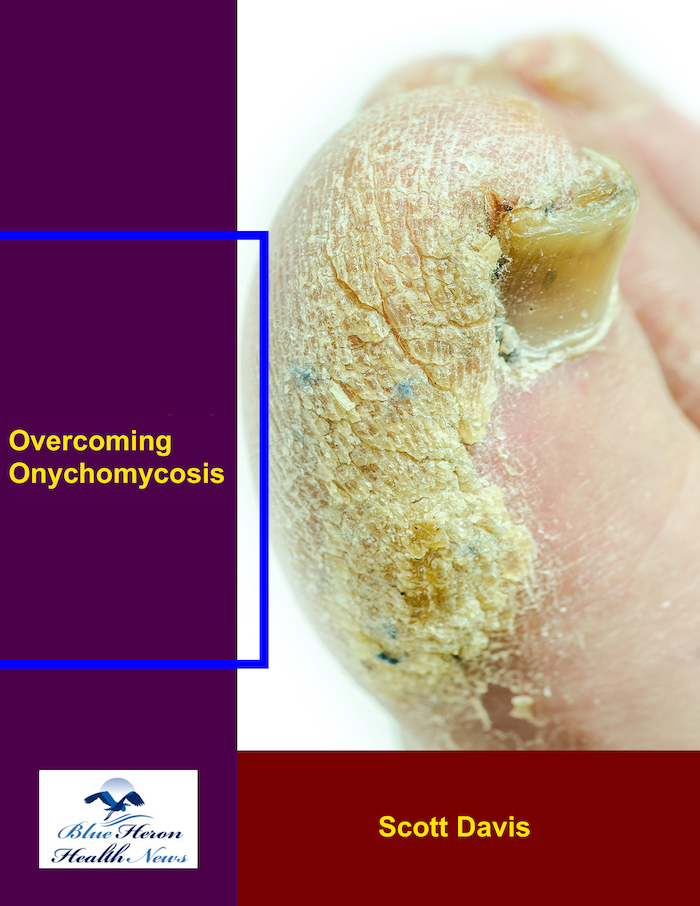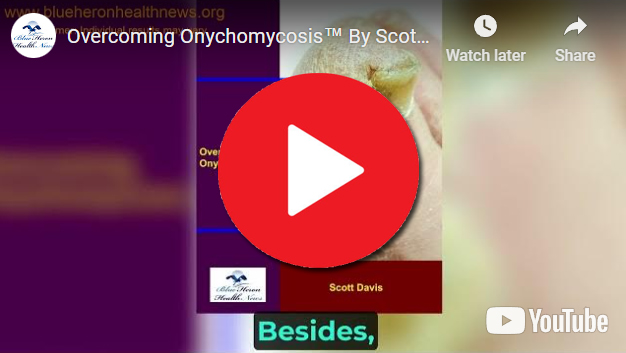
Overcoming Onychomycosis™ By Scott Davis It is a simple, natural, and all-in-one solution for onychomycosis. The program can help you to treat your nail fungus naturally. Once you follow this program, you do not need to spend on expensive treatments to prevent a recurrence. In brief, you can have a proven solution for your chronic nail fungus. Besides, the program is easy to follow, and most users find it effective against onychomycosis.
What are the signs that a child may have acid reflux?
Acid reflux in children, also known as gastroesophageal reflux disease (GERD) when it becomes chronic, occurs when stomach acid or contents flow back into the esophagus, causing discomfort or damage. In younger children and infants, acid reflux can be more difficult to detect, but there are several signs and symptoms to watch for.
Common Signs of Acid Reflux in Children
1. Frequent Vomiting or Spitting Up
- Infants and young children may spit up or vomit frequently, which can be a sign of acid reflux. While occasional spit-up is common in infants, excessive or forceful vomiting, especially after meals, may indicate reflux.
2. Irritability or Crying
- Babies, especially those under 6 months old, may be fussy and irritable after feedings. They may cry excessively, particularly when lying down, due to the discomfort caused by stomach acid.
3. Arching of the Back
- In infants, arching the back during or after feeding may be a sign of discomfort from acid reflux. This is sometimes referred to as “Sandifer Syndrome,” which is often linked to GERD and can appear as unusual postures or neck stiffness.
4. Poor Feeding or Difficulty Feeding
- Children with acid reflux may refuse to eat, struggle with feeding, or have trouble finishing meals because of discomfort in the stomach or throat. In babies, they may show a preference for shorter, more frequent feedings or have difficulty latching.
5. Regurgitation
- Regurgitation is when food or liquid comes back up from the stomach into the mouth. In older children, this may present as burping, gagging, or even vomiting shortly after meals.
6. Coughing or Wheezing
- Frequent coughing, wheezing, or the feeling of choking (especially at night) could be signs of acid reflux. The acid can irritate the airways and lead to symptoms resembling asthma or respiratory infections.
7. Heartburn or Chest Pain
- Older children may complain of heartburn or a burning sensation in the chest, particularly after eating. They may also complain of a sour taste in the mouth, particularly in the morning after laying down overnight.
8. Difficulty Swallowing
- Children with acid reflux may experience dysphagia, or difficulty swallowing, due to irritation or narrowing of the esophagus. This can cause them to avoid certain foods or have trouble eating solid foods.
9. Hiccups
- Persistent or frequent hiccups, especially after eating or drinking, can be a sign of acid reflux. The refluxed acid can irritate the diaphragm, causing hiccups.
10. Waking Up at Night or Poor Sleep
- Children with acid reflux may have trouble sleeping or frequently wake up during the night due to discomfort caused by lying flat, which allows stomach acid to flow back into the esophagus.
11. Dental Erosion
- Chronic acid reflux can lead to dental erosion, where the enamel on teeth becomes damaged. This may be seen in older children or teens who have persistent reflux symptoms.
12. Sore Throat or Hoarseness
- Acid reflux can irritate the throat, leading to soreness, hoarseness, or a chronic sore throat. It may also cause a feeling of something being stuck in the throat.
Signs in Newborns and Infants
- Excessive drooling or difficulty swallowing.
- Feeding problems, such as refusing to breastfeed or bottle-feed.
- Gassiness or bloating, which may be accompanied by excessive burping.
- Waking up frequently in the night with discomfort or crying.
When to Seek Medical Attention
If your child shows signs of acid reflux that do not improve or seem to worsen over time, it’s important to consult a healthcare provider. Some symptoms, such as poor weight gain, vomiting blood, or significant difficulty breathing, may indicate a more severe case of acid reflux or another underlying condition that requires medical attention.
A pediatrician may recommend diagnostic tests, such as a pH probe or upper GI series, to confirm acid reflux and rule out other conditions. Managing acid reflux typically involves dietary changes, medications, and in some cases, lifestyle adjustments.
Acid reflux, particularly when it becomes chronic or severe (gastroesophageal reflux disease or GERD), can have a significant impact on dental health. When stomach acid flows back into the esophagus and sometimes reaches the mouth, it can damage tooth enamel and contribute to various dental problems. Here’s how acid reflux affects dental health:
1. Tooth Enamel Erosion
- Acid exposure: The primary dental concern with acid reflux is the erosion of tooth enamel. The stomach acid that rises up into the mouth can soften and dissolve the enamel, leading to gradual damage. Enamel erosion makes teeth more vulnerable to cavities, decay, and sensitivity.
- Commonly affected areas: The back teeth (molars) and the inside surfaces of the teeth are often most affected by acid reflux because the acid tends to flow backward and reach the back of the mouth first.
2. Increased Risk of Cavities
- As the enamel erodes, the underlying layers of the teeth become more exposed. This makes teeth more susceptible to cavities and decay, as the protective barrier of enamel is weakened.
- The acidity from the reflux also reduces the pH levels in the mouth, creating an environment where cavity-causing bacteria thrive.
3. Tooth Sensitivity
- Erosion of the enamel can expose the sensitive dentin layer underneath, which can cause tooth sensitivity. People with acid reflux may experience discomfort or pain when eating hot, cold, or sweet foods, or when brushing their teeth.
4. Dry Mouth (Xerostomia)
- Acid reflux can sometimes cause dry mouth, which reduces the mouth’s ability to wash away acids and neutralize bacteria. Saliva naturally helps protect teeth from acids, so a reduction in saliva production can exacerbate enamel erosion and lead to a higher risk of dental issues.
5. Gum Disease
- The acidity in the mouth can irritate the gums and potentially contribute to gum disease (gingivitis or periodontitis) over time. While not directly caused by acid reflux, the combination of acid exposure and dry mouth can make the gums more vulnerable to inflammation and infection.
6. Bad Breath (Halitosis)
- Acid reflux can contribute to bad breath, also known as halitosis. The regurgitated stomach contents can have a sour or foul odor, which can linger in the mouth and contribute to persistent bad breath.
7. Increased Plaque Buildup
- The acid from reflux may change the composition of oral bacteria, potentially leading to an increase in plaque buildup on the teeth. Plaque can further contribute to enamel erosion, cavities, and gum disease if not properly managed.
How to Protect Dental Health from Acid Reflux
1. Good Oral Hygiene
- Brush teeth gently with fluoride toothpaste at least twice a day. Be sure to wait at least 30 minutes after an acid reflux episode before brushing to avoid brushing acid onto the teeth while they are softened.
- Use a soft-bristled toothbrush to minimize the risk of further enamel abrasion.
- Floss daily to remove plaque from between the teeth.
2. Rinse with Water
- After an acid reflux episode, rinse your mouth with water to help neutralize the acid and wash it away. Avoid brushing immediately after reflux because the acid softens enamel, making it more susceptible to damage from brushing.
3. Regular Dental Checkups
- See a dentist regularly for cleanings and checkups. Dentists can monitor enamel wear and detect signs of acid reflux-related dental damage early. They may also apply fluoride treatments or recommend special toothpaste to help protect the teeth.
- Inform your dentist if you suffer from acid reflux, so they can take extra precautions and offer personalized recommendations.
4. Dietary Modifications
- Avoid acidic foods and drinks (such as citrus, soda, or coffee) that can exacerbate acid reflux and further damage tooth enamel. Eating alkaline foods like vegetables, whole grains, and lean proteins can help neutralize stomach acid.
- Drinking water throughout the day, especially after meals, can help wash away acids and prevent them from lingering in the mouth.
5. Chewing Sugar-Free Gum
- Chewing sugar-free gum can stimulate saliva production, which helps neutralize acids in the mouth and protects the teeth from erosion.
6. Consider Medications
- If you have GERD or acid reflux, speak with your doctor about medications that can help manage the condition, such as proton pump inhibitors (PPIs) or H2 blockers, which reduce the production of stomach acid and prevent reflux.
Conclusion
Acid reflux can lead to significant dental health issues, particularly due to enamel erosion, increased sensitivity, and a higher risk of cavities and gum disease. By maintaining good oral hygiene, monitoring symptoms, and working with both a healthcare provider and dentist, individuals with acid reflux can take steps to protect their teeth and overall oral health. If acid reflux symptoms are frequent or severe, it’s important to seek professional treatment to manage both the reflux and its impact on dental health.
Overcoming Onychomycosis™ By Scott Davis It is a simple, natural, and all-in-one solution for onychomycosis. The program can help you to treat your nail fungus naturally. Once you follow this program, you do not need to spend on expensive treatments to prevent a recurrence. In brief, you can have a proven solution for your chronic nail fungus. Besides, the program is easy to follow, and most users find it effective against onychomycosis.
